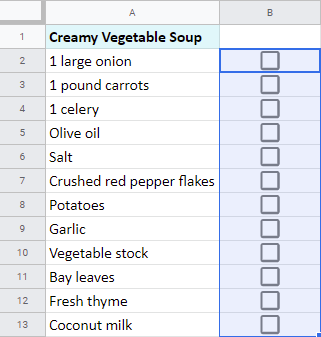

You can use ‘S20’ as your criterion if you need to know how many of Samsung Galaxy S20 mobile phones you have in the store and in the warehouse. In our example, your criterion can be the model of the mobile phone. Each cell in the range will then be checked against the criterion for equality (or match, if you used wildcards when entering the criterion). When writing the SUMIF function, you will have to enter the criterion (the pattern or test to apply to the range). For this, we can use the SUM or SUMIF function. Say you own a store that sells mobile phones and have a list of all the mobile phones in the store and in the warehouse 📱Īnd now you need to know how many of each mobile phone you have. So, if you write ‘~*’ or ‘~?’, the * and ? are normal characters, and not wildcard characters. It is used to tell the Google Sheets functions that * or ? are normal characters (since sometimes you may have them in your text). Tilde (‘~’) has different use than the other two wildcard characters.Asterisk (‘*’) is used to represent or take the place of any number of character.Question mark (‘?’) is used to represent or take the place of any single character.

Those are ‘?’ (question mark), ‘*’ (asterisk), and ‘~’ (tilde). There are three wildcard characters you can use with certain Google Sheets functions. How to Use Wildcard Characters in Google Sheets Functions.A Real Example of Using Wildcard Characters in Google Sheets Functions.Just paste the below code within the ThisWorkbook Microsoft Excel Objects folder within the Visual Basic Editor (make sure you double-click ThisWorkbook to properly open its code page). There is also a way you can incorporate VBA code to automatically refresh the file’s stock data every time you open up your workbook. If you want to refresh all linked data types and all data connections that may be in the workbook (including queries, other data connections, and PivotTables), click Data > Refresh All or press Ctrl+Alt+F5. That will refresh the cell you selected, plus any other cells that have that same data type. To refresh the data, right-click a cell with the linked data type and click Data Type > Refresh. That way, if the data changes online, you can update it by refreshing it in Excel. Once you convert text to a linked data type, an external data connection is established in the workbook. This is because they refer to an online data source. The Stocks and Geography data types are considered linked data types.


 0 kommentar(er)
0 kommentar(er)
